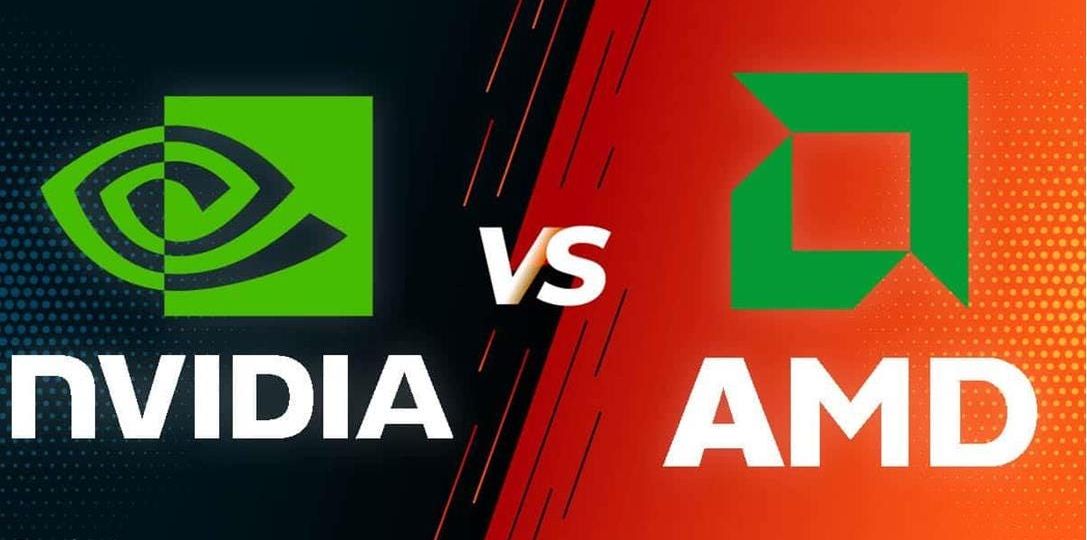
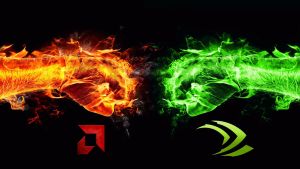
In the ever-evolving world of technology, the battle for graphics processing unit (GPU) supremacy is a constant duel between two industry giants: Advanced Micro Devices (AMD) and Nvidia. Both companies push boundaries, innovate relentlessly, and cater to a vast audience, from casual computer users to hardcore gamers and professional content creators. This article delves into the Brief framework of AMD and Nvidia, exploring their GPU offerings and the advantages to tech companies like TD Africa and individual users.
Understanding the Brief Framework: AMD vs. Nvidia
The Brief framework is a helpful tool for understanding the core differences between AMD and Nvidia’s approach to GPUs. Here’s a breakdown:

- AMD (Advanced Micro Devices):
- Focus: Often known for offering “value-oriented” products, AMD prioritizes competitive pricing while maintaining good performance.
- Strengths: AMD shines in offering compelling features and performance at attractive price points, making them a popular choice for budget-conscious users who still desire a good gaming experience.
- Weaknesses: Some AMD GPUs may fall slightly behind Nvidia’s top-tier offerings in terms of raw performance.
- Focus: Often known for offering “value-oriented” products, AMD prioritizes competitive pricing while maintaining good performance.
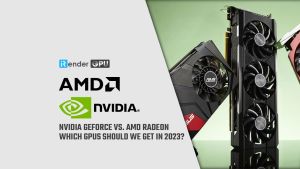
- Nvidia (Nvidia Corporation):
- Focus: Nvidia is often recognized for its emphasis on cutting-edge technology and raw performance.
- Strengths: Nvidia boasts industry-leading performance in their high-end GPUs, making them the preferred choice for professional content creators and demanding gamers. Their advancements in ray tracing technology deliver unparalleled visual fidelity.
- Weaknesses: Nvidia’s top-of-the-line GPUs can come with a premium price tag compared to AMD’s offerings.
The Diverse Landscape of AMD and Nvidia Graphics Cards
Both AMD and Nvidia offer a wide range of graphics cards catering to different needs and budgets. Here’s a glimpse into their popular lines:
- AMD Radeon RX Series: This series encompasses a range of cards, from budget-friendly options like the RX 6600 to high-performance options like the RX 6950 XT. AMD’s focus on value shines through, offering good bang for the buck.
- Nvidia GeForce RTX Series: This line boasts Nvidia’s top-tier technology, featuring cards like the RTX 3080 and the powerful RTX 4090. These cards offer unparalleled performance and cutting-edge features like ray tracing, ideal for demanding tasks and high-refresh-rate gaming.
- AMD Radeon RX 7000 Series & Nvidia GeForce GTX Series: These are the latest offerings from both companies, expected to be released in late 2024. Early speculations suggest continued competition for dominance in the graphics card market.

The Advantages of Graphics Cards for Tech Companies
Tech companies like TD Africa can leverage the diverse offerings of AMD and Nvidia to cater to a broader customer base:
- Product Portfolio Expansion: By offering a range of AMD and Nvidia cards, budget-conscious gamers, content creators, and professionals who require the absolute best performance, can be catered for.
- Competitive Advantage: A diverse product portfolio allows TD Africa to provide solutions that meet the specific needs of each customer, enhancing their competitive edge in the market.
- Increased Customer Satisfaction: Offering a wider selection empowers customers to choose the GPU that best fits their budget and performance requirements, leading to higher customer satisfaction.
The Advantages for Individual Users
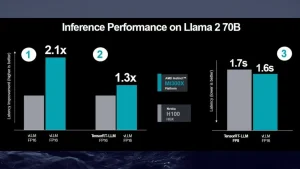
Whether you’re a casual gamer, a budding content creator, or a seasoned professional, the right choice between AMD and Nvidia depends on your specific needs:
- Gamers: AMD’s RX series offers a compelling option for casual gamers who prioritize affordability without sacrificing performance. However, hardcore gamers who require excellent graphics and performance will find Nvidia’s RTX series more appealing.
- Content Creators: Content creators working with video editing, animation, or 3D modeling will benefit from the superior processing power and advanced features offered by Nvidia’s RTX series, particularly real-time ray tracing.
- Individual Users: Those who primarily use their computers for basic tasks like web browsing and document editing may not require a dedicated graphics card and can rely on integrated graphics solutions offered by CPUs.
The Future of Graphics Processing: A Collaborative Dance
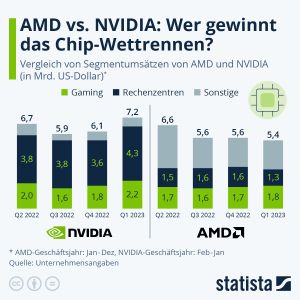
Both AMD and Nvidia are constantly pushing the boundaries of graphics processing technology. Innovation in ray tracing, artificial intelligence (AI) integration and power efficiency is accelerating. While competition exists, there’s also a collaborative aspect. The constant battle between AMD and Nvidia ultimately drives the industry forward, resulting in better-performing and more affordable GPUs for everyone.
The Call to Action: Choosing Your Champion
The choice between AMD and Nvidia is no longer a binary one. Understanding the framework and exploring the diverse product lines offered by both companies empowers you to make an informed decision.